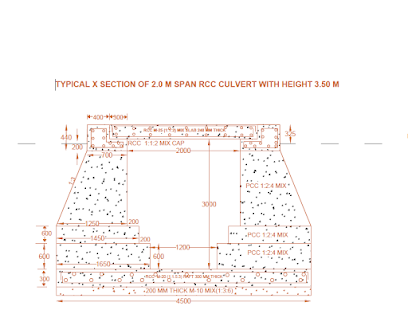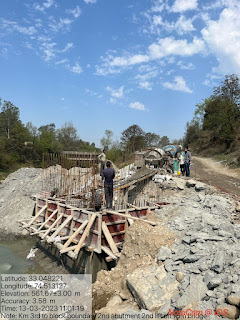Reinforcement of Steel: Understanding the Basics Introduction: The use of steel in construction has become extremely popular due to its strength and durability. Reinforcement of steel is an essential process that involves strengthening and supporting structures to ensure their safety and longevity. The primary objective of reinforcing steel is to enhance the load-bearing capacity of a structure and to ensure that it can withstand harsh external conditions. What is Reinforcement of Steel? Reinforcement of steel, also known as rebar, is a process that involves adding steel bars or mesh to concrete structures to support them. The purpose of reinforcement is to enhance the strength and durability of a structure, making it resistant to stresses such as tension, compression, bending, shear, and torsion. Reinforcement also helps to prevent cracking, which can weaken concrete structures over time. Types of Reinforcement: There are two types of reinforcement used in construction: primary and s



